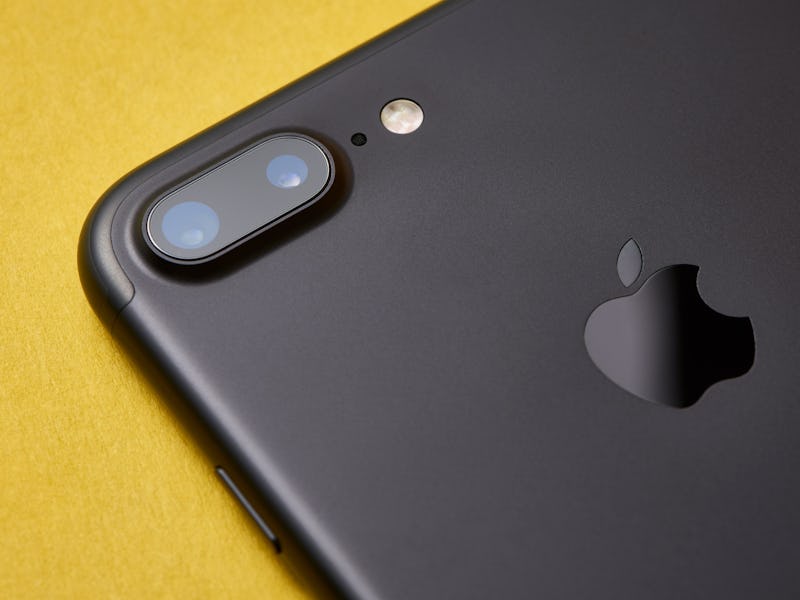Apple's Rumored Affordable iPhone May Lose One of Your Favorite Features
Could this be how Apple will cut costs?

The hunt is on to guess which beloved features will remain and which will get the ax in Apple’s quest to deliver a more budget friendly iPhone.. The latest suggests that a cheaper model could do away with one of the iPhone X’s signature features while keeping some — like FaceID and facial recognition — in place.
That’s according to the New York-based case maker Ghostek, which recently leveraged its sources in Apple’s supply chain to create a render of what the phone might look like come fall. The mockups were published by Forbes contributor Gordon Kelly and illustrate the device with only one rear camera.
If these designs prove to be legitimate, this would be the first Apple handset to come with a single rear camera since the iPhone SE’s release in 2016. But don’t worry, this doesn’t mean it won’t come with many of the iPhone X’s beloved capabilities.
In addition to Face ID and facial recognition, the renders also include an iPhone X-style notch housing a camera and face scanners. The phone’s schematics, which were also leaked by Ghostek in June, stated that the phone will indeed be 6.1-inches, making it marginally larger than the iPhone X.
Renders of Apple's potential budget iPhone inside Ghostek's Atomic Slim case. The case maker claims to have confirmed that one of Apple's 2018 phone releases will have a single rear camera.
The official price for this phone is still up in the air. Kelly claimed it could hit shelves with a price tag comparable to the iPhone 8 — so anywhere between $699 to $849. That’s similar to how much other rumors estimated the follow-up to the iPhone X would cost.
This is the first time we’ve heard of Apple potentially getting rid of its dual camera feature to reduce the cost manufacturing. Other reports suggested the company was thinking about reverting from the iPhone X’s organic light emitting diode (OLED) screen back to cheaper liquid crystal displays (LCD).
Eliminating the dual cameras would likely be an effective way to cut costs. The market research firm IHS Markit picked apart the iPhone 8 Plus and estimated that its dual camera modules cost $32.50. That clocks in at around 11 percent of the phone’s total cost.
While this potential change in aesthetics and capabilities isn’t set in stone, on paper it seems like a possible way Apple could work to cut its manufacturing costs in order to offer a cheaper phone. We’ll have to wait for the September iPhone conference to be sure.